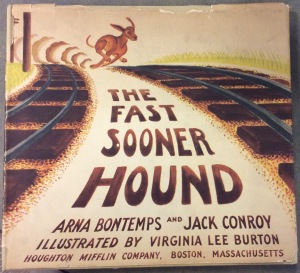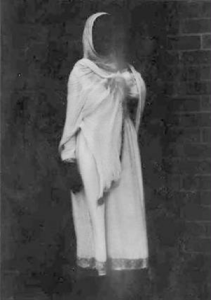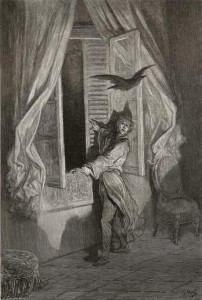
Arna Wendell Bontemps
Boatwright Library recently hosted an event that was part of the Children’s Literature Association Conference. While at the library several participants toured the Galvin Rare Book Room and part of our children’s literature collection. One book garnered considerable attention: The Fast Sooner Hound by Arna Bontemps and Jack Conroy, illustrated by Virginia Lee Burton, part of our Mark Lutz Collection.
You may recognize Virginia Lee Burton’s name from Mike Mulligan and His Steam Shovel (1939) and the Caldecott medalist The Little House (1942). But the other two authors may not be as familiar. Jack Conroy, among many other things, was a left wing writer and editor in the 30’s with ties to many writers in the Harlem Renaissance. He also worked in the Writer’s Project of the Works Progress Administration (WPA), collecting folk tales and oral histories. One such story was the tall tale of a dog that could outrun the fastest train. He worked with Arna Bontemps to create the book.
Arna Wendell Bontemps was born in Louisiana in 1902 to a Creole bricklayer and a schoolteacher. When he was three, his father moved the family to California after a racist attack. He was sent to the San Fernando Academy and instructed by his father to not “go up there acting colored.” Bontemps resented the effort to make him renounce his heritage. When he graduated college he took a teaching job in Harlem. He soon married and had six children doing away with his dreams of a Ph.D. in English. But he did become closely connected to the Harlem Renaissance and friends with Countee Cullen, W. E. B. DuBois, Zora Neale Hurston, James Weldon Johnson, Claude McKay, Jean Toomer, and especially Langston Hughes, with whom he frequently collaborated.
He published poems, for which he won prizes, and novels, including Black Thunder, the tale of a slave rebellion near Richmond, Virginia planned by Gabriel Prosser. He moved to Huntsville, Alabama to teach college; and finally went back to school to get a degree in library science from the University of Chicago (1943) and became a librarian at Fisk University where he worked until his retirement in 1965. Until his death in 1973, he held professorships at the University of Illinois and Yale University, and a return to Fisk as a  writer in residence.
writer in residence.
The rare books room copy of The Fast Sooner Hound is as lovely to look at as to read. Come take a look.


 for your entertainment. There are witches on trial and monsters of every description. We have centaurs, gremlins, woodwives, unicorns, dragons, and really ugly bugs from the Rare Book Room and Special Collections. Then, we found some chimera, man-beasts, mythical monsters, and zombies roaming around the circulating collection.
for your entertainment. There are witches on trial and monsters of every description. We have centaurs, gremlins, woodwives, unicorns, dragons, and really ugly bugs from the Rare Book Room and Special Collections. Then, we found some chimera, man-beasts, mythical monsters, and zombies roaming around the circulating collection.